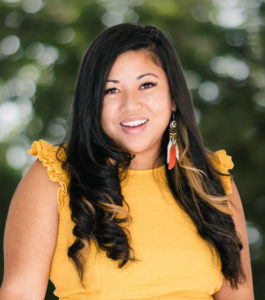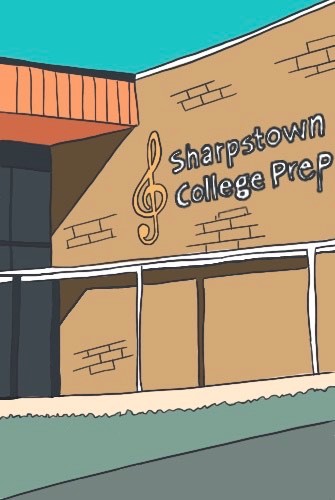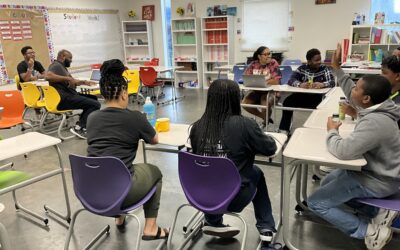One of my favorite projects I’ve ever done with students is a political art project where students researched a current topic or political issue that they felt strongly about. They read, they annotated, they studied and developed their opinion about the topic and ultimately took all that to create a stencil that they spray painted to create graffiti art that was featured in an art warehouse open to the public.
One Bored Student
Students created art about sex education, ocean pollution, feminism, smoking, GMOs, income inequality and more. As a teacher, I learned about local organizations like Writerz Blok in San Diego, a legal graffiti yard, where I took my students who were able to learn how to spray paint and practice stenciling their art on large concrete walls. San Diego Repertory Theatre had a school discount so I could take my students to watch a theatrical performance of Julia Alvarez’s book In the Time of the Butterflies. And none of this would have unfolded without a student of mine who always seemed “bored.”
One day, in a little exchange with him on his way out of the classroom, I teased, “Do you get excited about anything?” His eyes lit up, “Spray painting,” then grabbed his skateboard, and left. I started developing the project because of him, ended up collaborating with him to figure out what exactly we’d be doing in the project. Ultimately, our work together and one quippy exchange led to a student exhibition where every student was excited about what they learned, all because I addressed one student’s boredom.
With each page, I grow more and more aware of the ways that society has been designed for my able body.
Disability Visibility
I’ve been reading Disability Visibility by Alice Wong lately and pondering things that I’ve never even thought about like what it takes for a blind person to cultivate a powerful and healthy relationship with their guide dog so that they can wander intentionally together. With each page, I grow more and more aware of the ways that society has been designed for my able body. That growing awareness has pushed me to imagine what our world would be like if, instead of forcing people to change to fit in the world as it is, we changed our world so that it embraced every single person as they are?
Curb Cuts
Curb cuts are the slopes of the sidewalk, or curbs, that create access in moving from one level to another. Thanks to the work of disabled activists, curb cuts are required by law and infused in all of our daily lives as we make our way from place to place. Angela Glover Blackwell coined the term “The Curb Cut Effect” to describe how working to meet the needs of a specific group actually has a larger impact. While curb cuts addressed the specific needs of wheelchair users, I think it would be hard to find someone who has not used a curb cut in one way or another, whether by pushing a stroller, dragging a suitcase, moving boxes on a dolly, riding a bicycle or a skateboard. Sometimes it may feel like we are addressing only one group’s (or one student’s) needs, yet by doing so, we actually create benefits for all.
The Curb Cut Effect in our Classrooms
Curb cuts remind me that while we can read books, attend workshops and talk about equity and liberation in academic ways, true equity practices are alive and present in our moment to moment teaching. As a teacher, I avoided doing the work for just one student, opting instead for efficient lesson planning targeted at the middle of my classes. I learned through projects like this political art project that by meeting the students who might feel the most disengaged from the work, I actually accomplish more of my goal to reach every single student in the room. As a teacher coach, I help others see the value in finding their curb cuts, working to understand students’ most pressing needs and address them in ways that serve everyone. It may sound idealistic, but what is the use of having ideals unless we believed we could live up to them?




